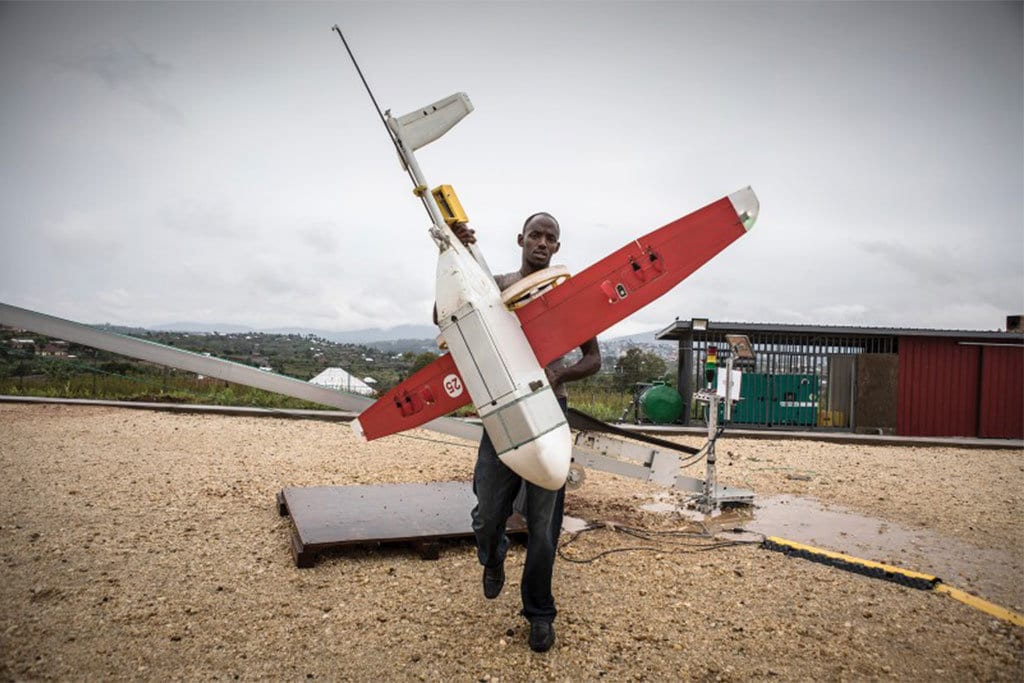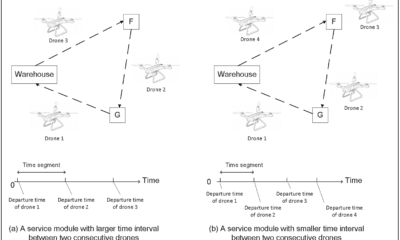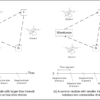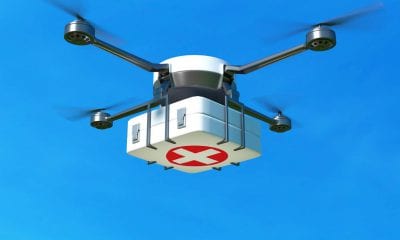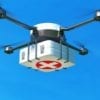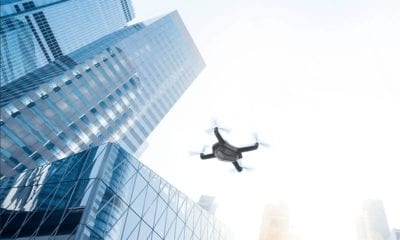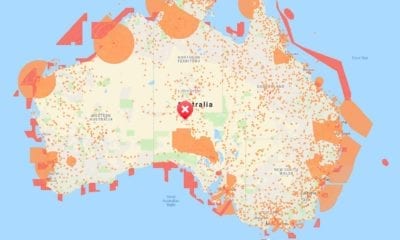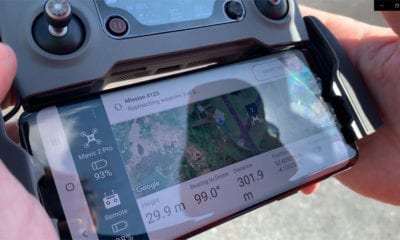Drone Delivery
Africa Charging Ahead with Drone Delivery
A new report into the civilian use of drones emerged in the US – showing that the restrictions for drones were so stringent that they were actually preventing the development of the fledgling industry.
However, it seems like this doesn’t affect some countries and continents. One of them is Africa, one of the poorest countries in the world which (ironically) has embraced the new technology and with that spawned a new market, boosting the drone development industry by stimulating innovation.
Africa is Making a Leap Forward Towards Embracing Drones
In Africa, there are many organizations that are specialized in finding technological solutions that are capable of leapfrogging ageing or antiquated infrastructure. It was specifically these organizations that felt the need to drive the drone technology and take it to the next step. From monitoring the movement of vulnerable populations to carrying out rescue missions and delivering medical supplies to remote communities, drones are now helping the lives of millions of the world’s poorest people.
The technology operates under many challenging conditions and needs a model that will suit the needs of cash-strapped governments or aid agencies. There is also a growing sense that these limitations can help and spur another technological innovation.
One great example in this manner is the field of vaccine delivery where the reciprocal relationship showed its potential to be a massive game changer. Organizations such as Gavi and the Vaccine Alliance are now finding new ways to improve access to vaccines in low-income countries as part of a mission that ensures that children should be protected from diseases.
Zipline and its Mission to Change How Blood Supplies and Vaccines are Delivered In Rwanda
Meanwhile, a new Californian startup named Zipline has decided to transform these plans to reality. Their innovation lies in the development of drones with fixed-wing design which would operate in Rwanda (as one of the countries) and will be able to land vertically – without the need for runways. In such way, these drones could catapult in the air and deliver the payload from the air by a disposable paper parachute, before returning to their base to collect new items.
Even though it is quite unusual, Zipline has showed that this concept could work. A proof of that is the second distribution center opened by the company, in which 100% of the medical blood supplies and emergency vaccines (in Rwanda) will be delivered by autonomous drones.
To sum things up…
As the drone capabilities improve, the world (including many countries and continents) will certainly get closer to the prospect of using them as a primary method for restocking all kinds of vaccines.
Further info: https://www.weforum.org/agenda/2018/10/drones-for-development-can-deliver-innovation-for-the-whole-industry-heres-how/

